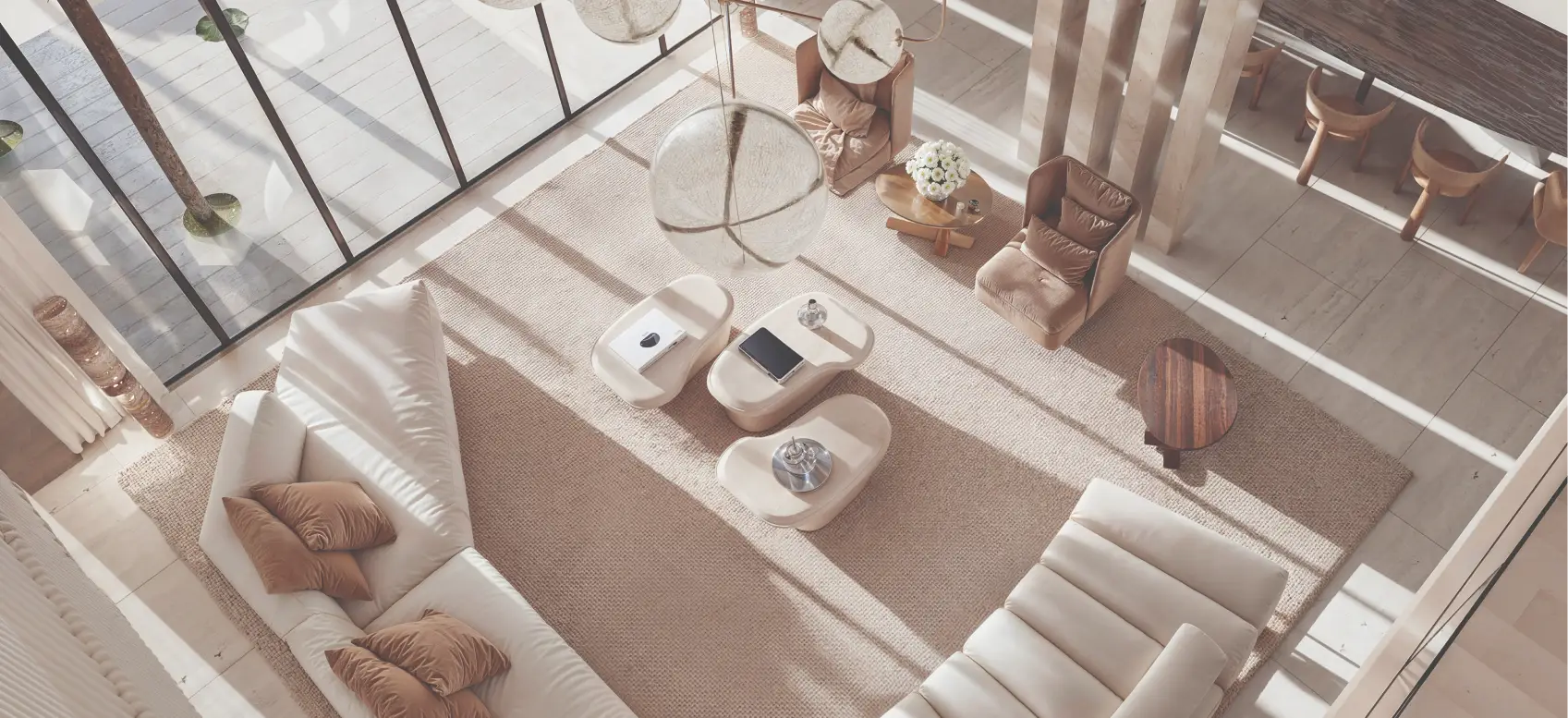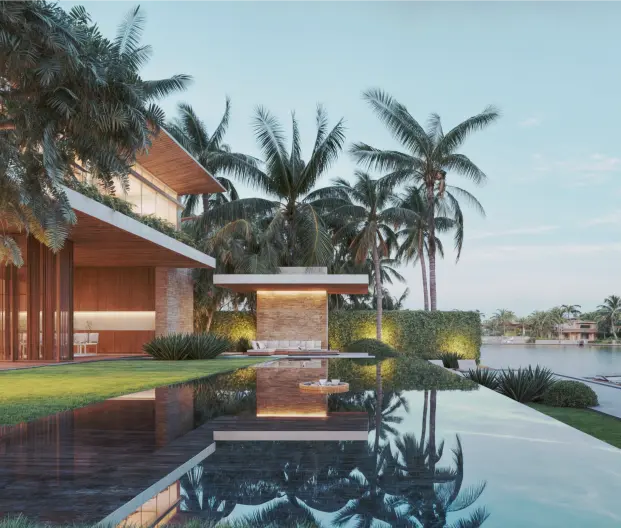20 August 2024
Custom Homes. A journey of decisions, emotions, & teamwork
Lifestyle
Ezequiel Miedvietzky
CEO Amarilla
CEO Amarilla


A journey of decisions, emotions, & efficient teamwork
Control the process to control the outcome
Control the process to control the outcome
01
Design Thinking: Your moments and tastes as you start the journey.
The small details make the big difference. Your house must reflect your routines and lifestyle — how you start your mornings, finish your days, and enjoy weekends or holidays. Simple things, like a well-placed night light, a convenient kitchenette, a place for your safe, or thoughtfully located outlets, can make everyday life easier and prevent problems during construction, such as delays or budget increases. Small changes can sometimes lead to major headaches. Conduct a workshop with the design team and invest time sharing everything about yourself. Think about yourself, your family, friends, and guests; envision your ideal lifestyle, and let those visions guide every step of the design journey from day one.


02
Leverage Technology: A clearer project vision for everyone.
Using technology can really help and avoid surprises. 3D renderings should show every important space, from bathrooms to living rooms, in every direction. If it’s a 360º view, even better. Feeling the house before building it and getting a sense of it will prevent a lot of misunderstandings and changes. Ask your designers and engineers to use BIM (Building Information Modeling) tools like Revit and Navisworks. This helps them coordinate everything from architecture to structure and MEP (Mechanical, Electrical, and Plumbing). Investing in this at the start will pay off later, keeping your budget, time, and quality on track.
Building a home is not just a financial and logistical challenge. It is an emotional journey.
03
Start Early: Teamwork from day one will make your journey much better.
Getting your team together right at the start is key. You’ll need a Project Manager (PM) from day one. This could be you if you’re up for it, or you might bring in an expert. It’s all about setting clear roles early and using flexible contracts to keep a smooth process. Get your designers and consultants in early, too. A lighting designer can bring great ideas that might be complex later on, the same goes for pool or landscaping – you’d be surprised how complex and expensive it can get, especially with big elements like trees. Also, think about including the contractor early on. They can offer valuable insights and know-how, making the whole project more efficient and his involvement will make him also responsible of the end result. Remember, building your house should be enjoyable, not just about the end result. A strong, early team sets the foundation for a great project.


04
Embrace Flexibility: Navigating changes during the process.
Change is a natural. Some people might postpone decisions, thinking that changes will inevitably occur. However, it’s better to make decisions early, set a clear direction, and then be open to changes as they come. Understanding from the outset that changes are fine and part of the process is important. Even with thorough planning, new discoveries and ideas will arise. Preparing for these changes is key. Design with flexibility in mind. Allow extra room for adjustments.
Set realistic expectations from the start. Understand that changes often lead to better outcomes, not just challenges. Incorporate a contingency budget to manage financial expectations. Maintain regular meetings with your team to discuss potential changes, track progress, and adapt plans as needed. Document every change, big or small.
Your contracts should facilitate changes. Change orders can be a significant business for some contractors, so establish a transparent process for handling these, including detailed costs or the flexibility to work with different teams.